Introduction
Duck soup, a culinary delight enjoyed across various cultures, is not merely a meal but an experience that tantalizes the taste buds while nourishing the body. This hearty dish, rich in flavor and texture, embodies the essence of comfort food, offering warmth and sustenance during colder days. However, to truly unlock its nutritional potential, one must understand the intricacies of preparing duck soup the right way. This guide delves into the specifics of how to brew duck soup that is not only delicious but also packed with nutrients, ensuring every spoonful contributes to your well-being.
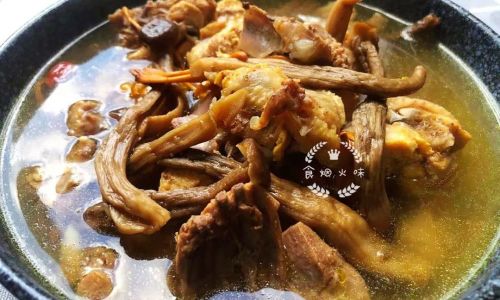
Choosing the Right Duck
The foundation of any great duck soup lies in selecting the appropriate duck. For maximum nutrition and flavor, opt for free-range or organic ducks. These birds are typically raised without antibiotics or hormones, allowing their meat to be leaner and more flavorful while retaining a higher concentration of essential nutrients like omega-3 fatty acids, vitamins, and minerals.
Duck species also play a role. Peking ducks, known for their plump bodies and tender meat, are excellent choices. However, Muscovy ducks, which have darker meat and a stronger flavor, offer more iron and B vitamins. Consider your personal preference and dietary needs when making your selection.
Preparing the Duck
Before cooking, thoroughly clean and rinse the duck to remove any impurities. Pat it dry with paper towels to ensure even cooking. To enhance the soup’s nutritional profile, consider using the entire duck, including the bones, as bones are rich in collagen, minerals, and gelatin, which are beneficial for skin, joints, and gut health.
Marinating and Seasoning
Marinating the duck overnight with a blend of herbs and spices can elevate its flavor profile. Common choices include garlic, ginger, spring onions, and a dash of soy sauce or rice vinegar. These ingredients not only add depth to the soup but also possess their own health benefits, such as anti-inflammatory and immune-boosting properties.
The Art of Simmering

Simmering is key to extracting all the nutrients and flavors from the duck into the broth. Start by heating a large pot or Dutch oven over medium-high heat. Sear the duck pieces, skin side down, until golden brown. This step not only adds a layer of rich flavor but also helps to lock in juices.
Once the duck is seared, remove it temporarily and sauté chopped aromatics (onions, carrots, celery, and more garlic and ginger) until they soften. Return the duck to the pot, adding enough water or homemade chicken/vegetable broth to fully submerge the ingredients. Bring the mixture to a boil, then reduce the heat to low and let it simmer gently, uncovered, for at least 2-3 hours.
Adding Vegetables and Herbs
After the initial simmering period, it’s time to introduce vegetables. Root vegetables like potatoes, carrots, and turnips are ideal as they hold their shape well and add both texture and additional nutrients. Leafy greens like spinach or kale can be added towards the end of cooking to preserve their vibrant color and delicate flavor.
Herbs like thyme, rosemary, and bay leaves should be tied into a bouquet garni and added early in the simmering process. These herbs not only infuse the soup with aromatic notes but also contribute antioxidants and other health-promoting compounds.
Seasoning and Final Touches
As the soup nears completion, taste and adjust the seasoning with salt and pepper. Remember, duck soup’s natural flavors should shine, so avoid over-seasoning. For a touch of umami, consider adding a splash of fish sauce or a sprinkle of seaweed flakes.
Once done, strain the soup to remove the solid ingredients, or leave them in for a more rustic texture. Serve the soup hot, garnished with freshly chopped parsley, cilantro, or a squeeze of lemon juice to brighten its flavors.
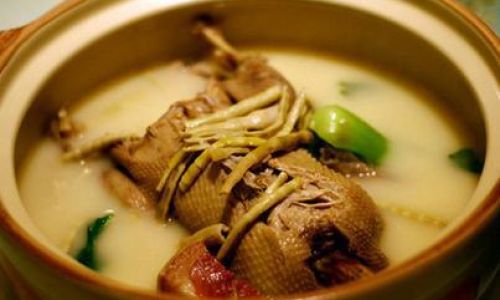
Nutritional Benefits and Serving Suggestions
Duck soup is a nutritional powerhouse, providing high-quality protein, essential fats, vitamins, and minerals. Its gelatin-rich broth supports digestion, while the antioxidants from the vegetables and herbs combat inflammation and boost immunity.
Serve duck soup as a main course paired with a side of crusty bread or rice to soak up the delicious broth. Alternatively, enjoy it as a starter or a comforting snack during colder weather. For a more indulgent experience, top the soup with a dollop of creamy coconut milk or a sprinkle of toasted sesame seeds.
Conclusion
Mastering the art of nutritious duck soup requires patience, attention to detail, and a love for culinary craftsmanship. By following these steps—from selecting the right duck to simmering it slowly with an array of nourishing ingredients—you can create a dish that is not only a delight for the senses but also a powerhouse of nutrition. So, the next time you crave a hearty, comforting meal, remember that duck soup, prepared with care, holds the key to both culinary excellence and holistic well-being.

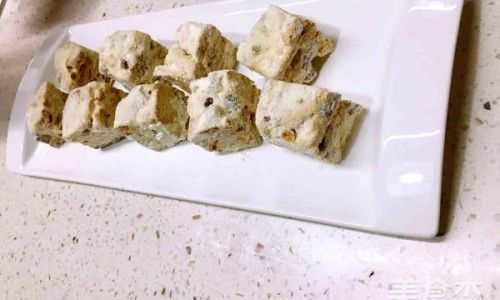

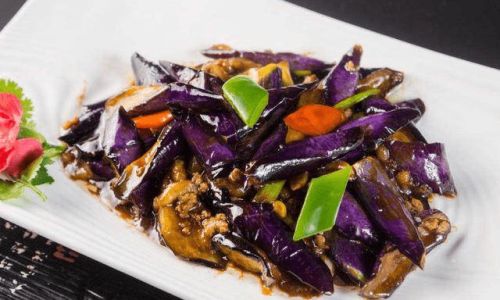
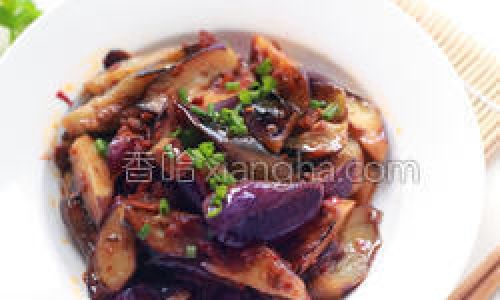
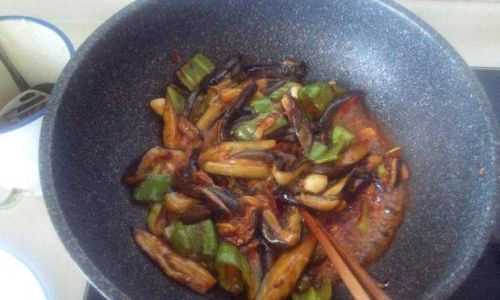
0 comments